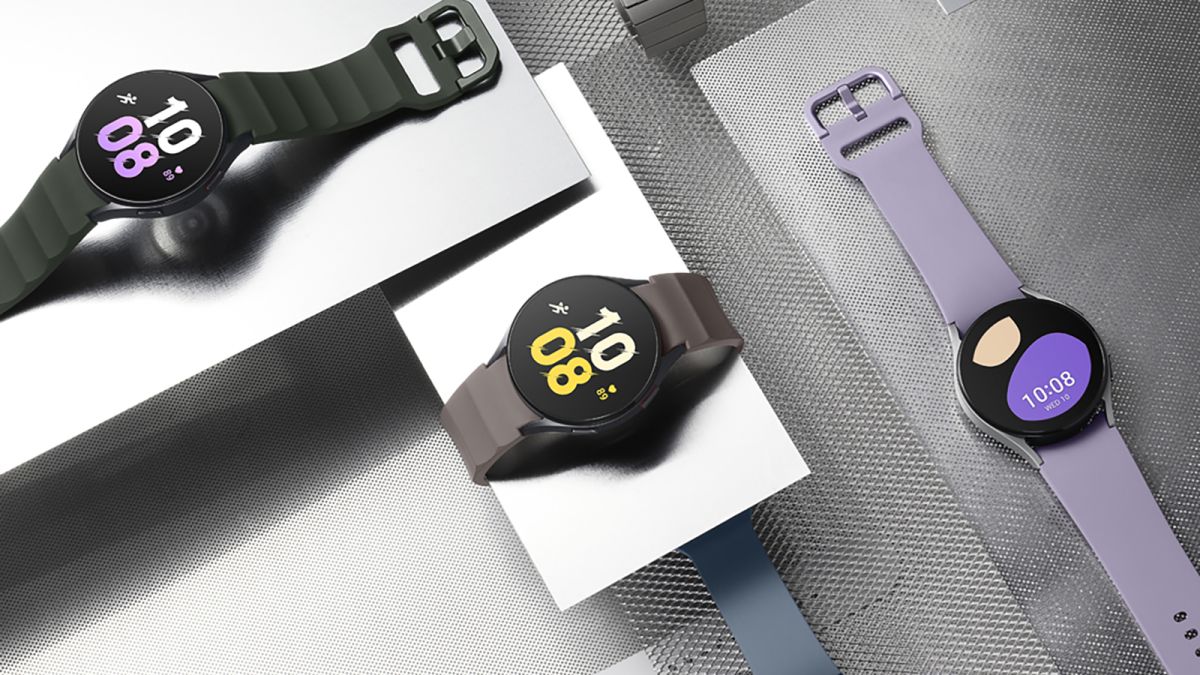
If Samsung sticks to the same schedule as last year, then the successor to the Galaxy Watch 5 could be with us in August – and the latest updates from the rumor mill suggest that the Galaxy Watch 6 could beat it in terms of battery life.
This is from GalaxyClub (opens in new tab) (via Phandroid (opens in new tab)), and according to certifications for the upcoming smartwatches, the Galaxy Watch 6 will carry either a 300 mAh or 425 mAh capacity battery depending on its size (40 mm or 44 mm, if it follows last year’s lead).
That’s up from 284 mAh and 410 mAh respectively, so while we’re not talking about a massive leap in terms of battery sizes, we’re hoping that the extra capacity and a few extra hardware and software tweaks mean noticeable improvements in battery life.
Watch this space
Officially, Samsung says that you can expect “up to 40 hours” between charges for the 40 mm and 44 mm Galaxy Watch 5 models, so we’re talking about a day and a half before you have to start reaching for your charger again.
Check our Samsung Galaxy Watch 5 review, and you’ll see that we managed to get the smartwatch to last a day with an exercise session included. If you want to get more than that, then you need to be careful in how you use the wearable.
There’s no mention in this leak of the Galaxy Watch Pro 5, which offers around double the battery life of the cheaper model, thanks to a 590 mAh battery. We’ll have to wait and see whether Samsung is able to improve on that this year.
Analysis: wearables have a battery life problem
More battery life is always better of course, whether we’re talking smartphones, laptops, or any other kind of electronic device. With wearables though, it’s particularly important: these gadgets are designed to be worn at all times, not sat on a charging stand.
With smartwatches, for example, they’re keeping tabs on your steps, your heart rate, your sleep patterns and more besides. Whenever you’re not wearing them, there are gaps in the data that’s being collected, making these devices less useful.
By their very nature though, these wearables are small and light. No one wants a chunky smartwatch weighing down their wrist – and that means there’s not much room for a battery. Manufacturers are essentially in a no-win situation for the time being.
Perhaps the best approach as far as smartwatches go is something like the Garmin Instinct 2: it uses a monochrome screen and can last a month between charges, while the solar powered option might never need recharging if you live somewhere sunny.














